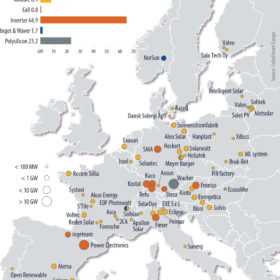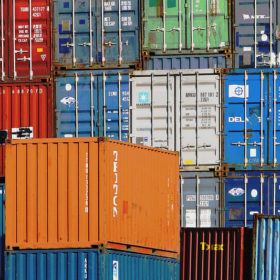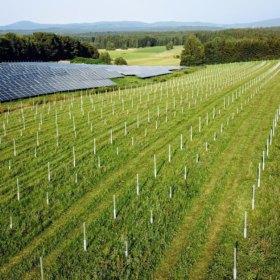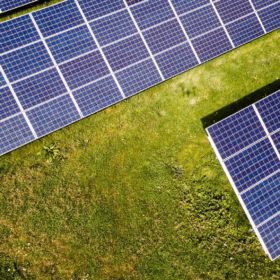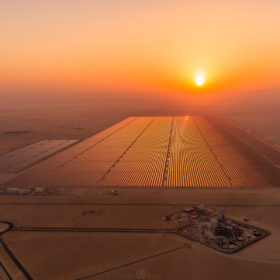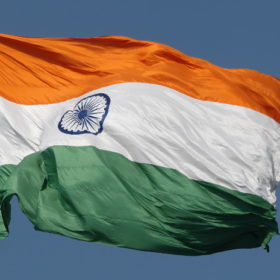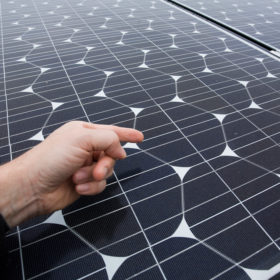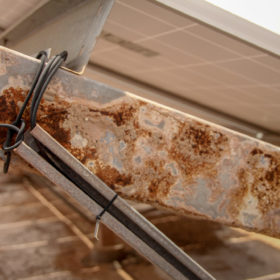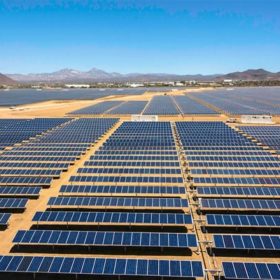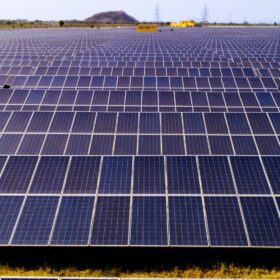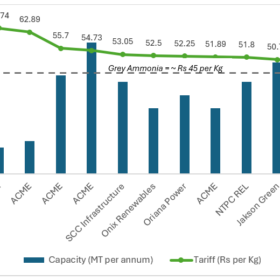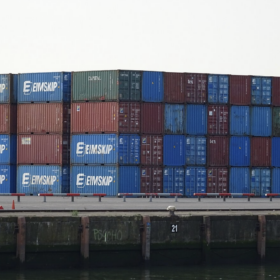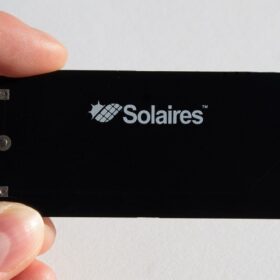The great EU solar manufacturing reset
“We need to bring manufacturing back to Europe and the [European] Commission is willing to do whatever it takes to make it happen,” EU Energy Commissioner Kadri Simson said at the opening of SolarPower Summit 2022. Her words rocketed around the solar community, boosting share prices and invigorating the European solar industrial mission, writes SolarPower Europe CEO Walburga Hemetsberger, as she lays out the actions needed for solar-power EU energy independence.
Analyst predicts extent of rise in this year’s solar capital costs
Wood Mackenzie this week made a slew of predictions for the industry in 2022 and noted the effects the US’ recently announced anti-circumvention investigation is already having on utility scale plans.
Solar module prices will stay high until 2023, IHS Markit says
IHS Markit predicts that global installed solar PV capacity will grow by 20% to over 200 GW in 2022, despite a difficult cost environment. PV system costs are expected to resume their downward trend from 2023, when more polysilicon capacities will come into operation.
Module and shipping cost inflation could cost the world 50 GW of solar next year
The input costs of the two biggest contributors to solar plant development expense have gone through the roof since the world began to come out of Covid-19 lockdowns, to leave project developers with some difficult choices.
‘Low-cost renewable hydrogen may already be in reach’
If the three record-busting low solar price tariffs recorded in the Middle East in the past 18 months are to be believed, renewables-powered hydrogen in prime sites in the region could already compete with gas-plus-CCS production, according to IRENA. Has the Gulf discovered the new petrol?
Module price increases to moderate solar project returns
Solar module prices have increased by about 15-20% over the last 4-5 months to around 22-23 cents/watt as of date. As PV modules comprise about 50-55% of the overall project cost, such an increase in the module price level, if sustained, may moderate the debt service coverage metrics for developers by about 12-14 basis points.
Decelerating PV module prices may start increasing in fourth quarter
Market dynamics may again alter the global supply-demand picture for solar modules, leading to an increase in prices or price stabilization.
Is India ready for solar waste mountain?
Opinion is divided over the urgency of addressing the issue. While some developers feel the 25-year lifetime of modules offers plenty of time to prepare an action plan, other industry voices claim Indian-made products don’t last half that long and one recent report pointed out waste is already piling up thanks to defects and faulty installation.
Global solar market to grow 30% and reach close to 100 GW this year, says Bernreuter Research
The German-based analyst and polysilicon specialist believes that newly installed solar PV capacity will hit 95 GW in 2017 and could hit 100 GW. Polysilicon spot prices set to fall by end of year.
